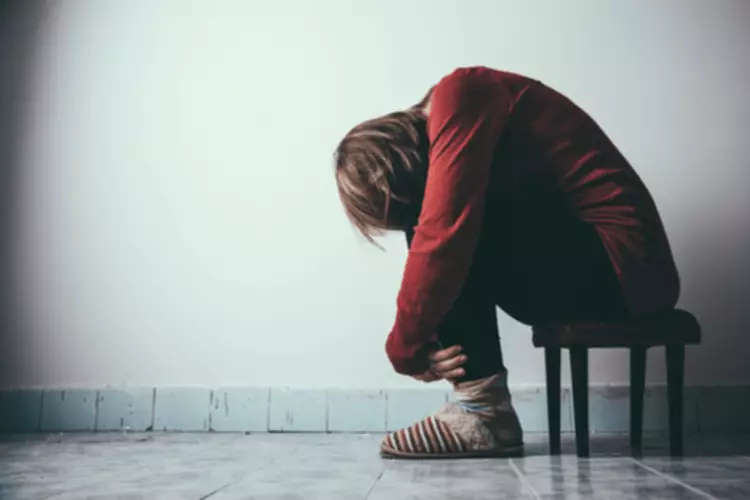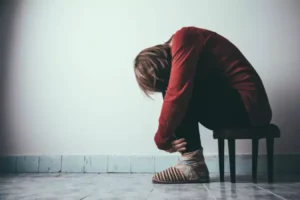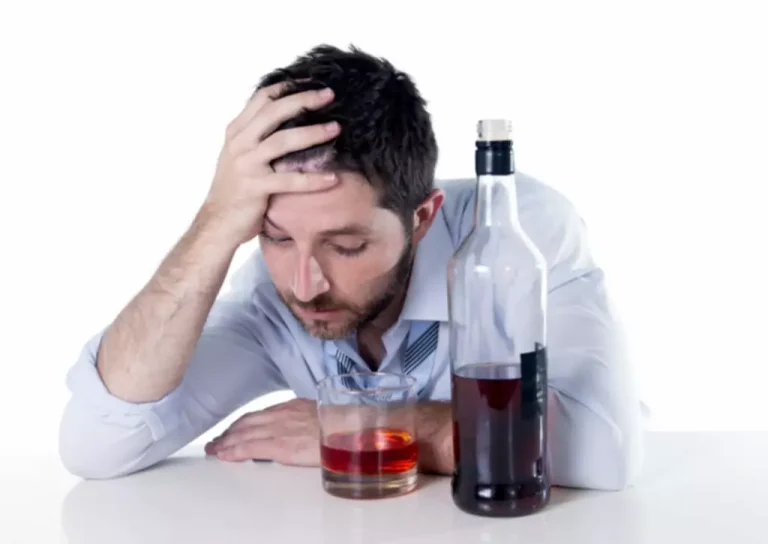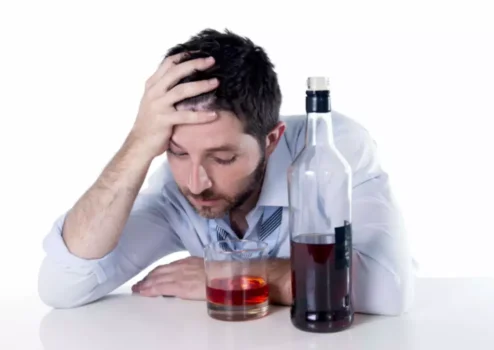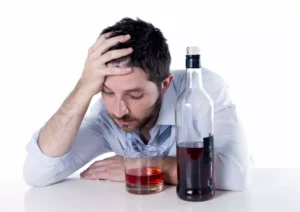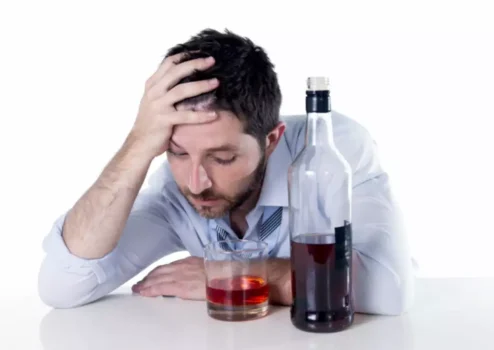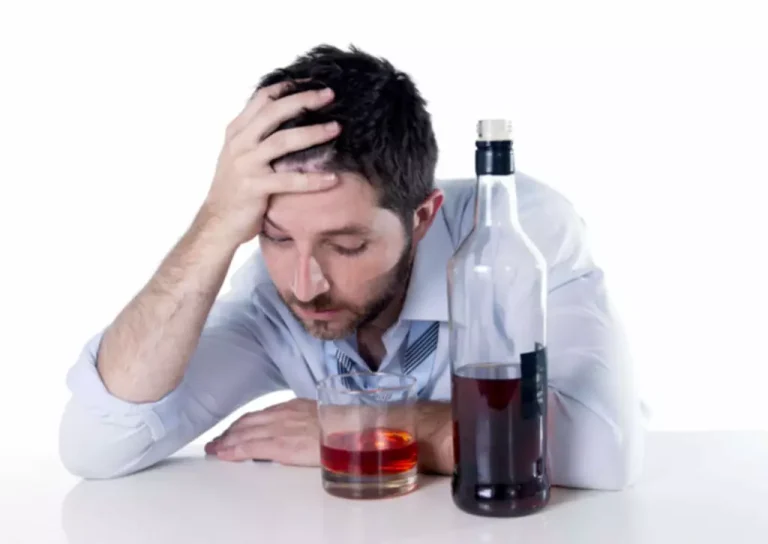Sober Curious: What It Means, Benefits, and Tips for Living Sober
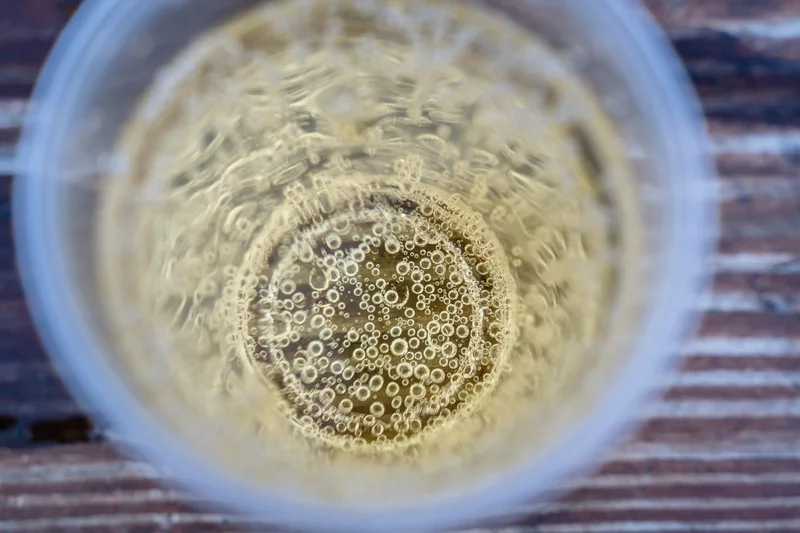
You can try to avoid the conversation, but it’s good to have a response ready in case that’s not possible. If the question comes from someone you know well, you may want to say that drugs or alcohol became a problem for you, so you’re staying away from them. If you don’t know the person well, simply saying you have to get up early the next morning or you quit for health reasons should be enough. Sobriety can be a particularly challenging pursuit for someone with an addiction like alcohol use disorder.

We Care About Your Privacy
- Substance use cannumb your physical sensesor heighten them to the point of being overwhelming.
- Living a sober life is a journey; progress can be made by taking small daily steps—treatment and support are available for those who need it.
- When you’re living a sober life, you’re in more control of your emotions and your actions.
- Relapse rates for substance use addictions are around 40% to 60%.
Furthermore, the camaraderie found in support groups offers accountability, ensuring individuals remain committed to their recovery path. Transitioning back to a normal social life after rehab is a significant milestone in the journey to maintaining sobriety. Yet, this phase often comes with its own set of challenges, as individuals seek to reintegrate without returning to old habits.

The Irish Times view on Trump’s tariffs: a turning point in economic history
- Under certain conditions, alcohol can negatively affect our bodies and personal relationships.
- It aims to offer insights into the benefits of a sober lifestyle and share the resources and support systems available to those pursuing sobriety.
- He had struggled with alcohol addiction in his 20s but had been sober for more than a decade when he moved to Ireland aged 40.
- And, it doesn’t have to be the New Year or even any event at all great time to make positive changes in your life, and getting sober can be one of them.
- This can include practicing self-care, reaching out to your support system, or seeking professional help.
- It affects your physical health in almost every conceivable way.
Once you’ve been sober for a while, you may start to believe that you’re in the clear from alcohol or drug abuse, and maybe you are. No matter where you are on your sobriety journey, removing any temptations around your house is a good idea, especially during the initial abstinence period. If your old habits included going to a friend’s house every Friday night, and that’s where your drug use began or where you abused alcohol, you’ll want to steer clear of this type of place. Keeping your promise to yourself to live a sober life sometimes means making difficult decisions about where you spend your time. A life of substance abuse can mean strained Sobriety relationships with family members, or it can be a deterrent to developing healthy relationships. Breaking promises or exhibiting aggressive behaviors damages relationships and breaks trust.
I Need Outpatient Meth Treatment in Scranton PA

This contributes to a positive cycle of improved self-esteem and well-being. The presence of support groups and other tools of recovery also number among the many benefits of choosing to embrace sobriety. Never mind that you can say goodbye to any semblance of a healthy relationship in your life. When looking back at all the wreckage, it is hard not to be profoundly grateful for being sober. Massage helps your immune system, is nurturing, and can lift you up even on the worst day. They improve your circulation, can be relaxing, and reduce muscle tension.
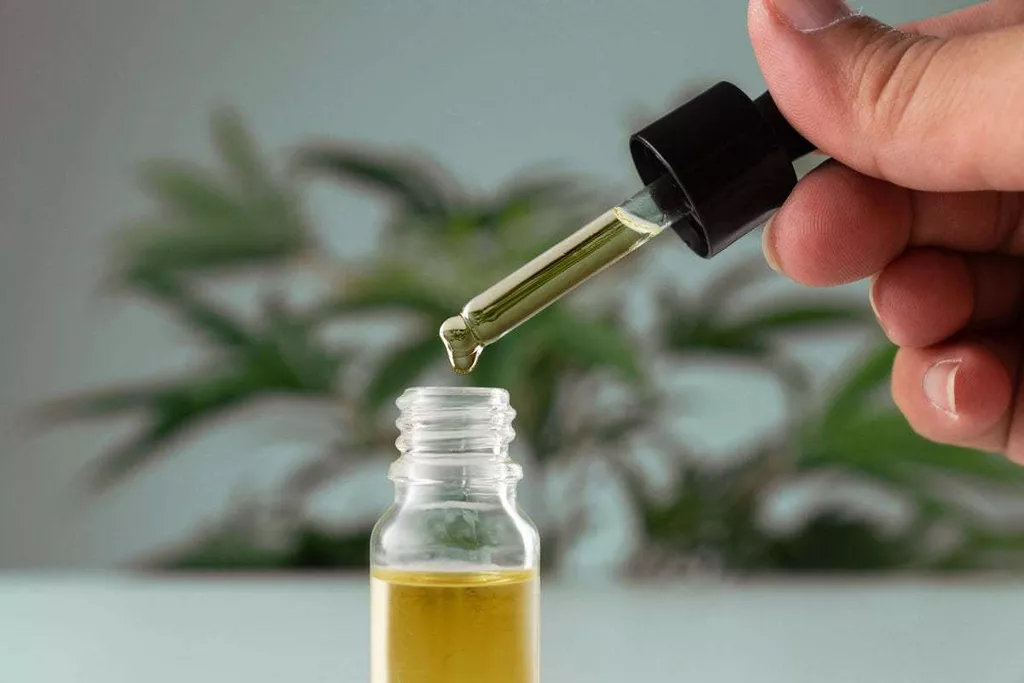
Getting sober may seem difficult, but there are strategies you can use to get and maintain sobriety. Some are structured in programs, such as the 12-step approach used by Alcoholics Anonymous and similar addiction recovery programs. When you’re living a sober life, you’re in more control of your emotions and sober life your actions. On the other hand, sometimes, leaving a relationship is necessary for a life of sobriety.
- With rules that enforce sobriety and encourage participation in daily tasks and recovery activities, these homes help you build a routine that supports your sobriety journey.
- People new to recovery can find themselves approaching their new diet, exercise program, job, and even participation in support groups with a compulsion that echoes addiction.
- As people navigate these hurdles, building a robust support system becomes imperative for accountability and encouragement.
- While the path to sobriety can be challenging, it is also incredibly rewarding.
- You might take a new way home from work, for example, to keep from going past your favorite old hangout.
Welcome STR Alumni of Addiction Treatment
- Getting sober is a radical choice to be fully awake in your life.
- This is particularly true for the REM stage, which is crucial for mental restoration.
- Building a network of sober friends is crucial for long-term sobriety.
- This means making a conscious decision to stop using drugs or alcohol and sticking to that decision, no matter what.
- It’s about developing healthy coping mechanisms and learning how to deal with life’s challenges without turning to substances.
But if you’re sober curious, you can remind yourself that there are many ways to socialize that don’t involve drinking, like seeing a movie or playing a sport. Under certain conditions, alcohol can negatively affect our bodies and personal relationships. However, in today’s culture, drinking alcohol is often encouraged in social settings, which can lead to becoming reliant on it and, in some cases, dependent on it. Being sober curious may help provide insight into how you relate to alcohol. Whether it’s to improve your physical health or state of mind, it can be beneficial to explore the role alcohol plays in your life.
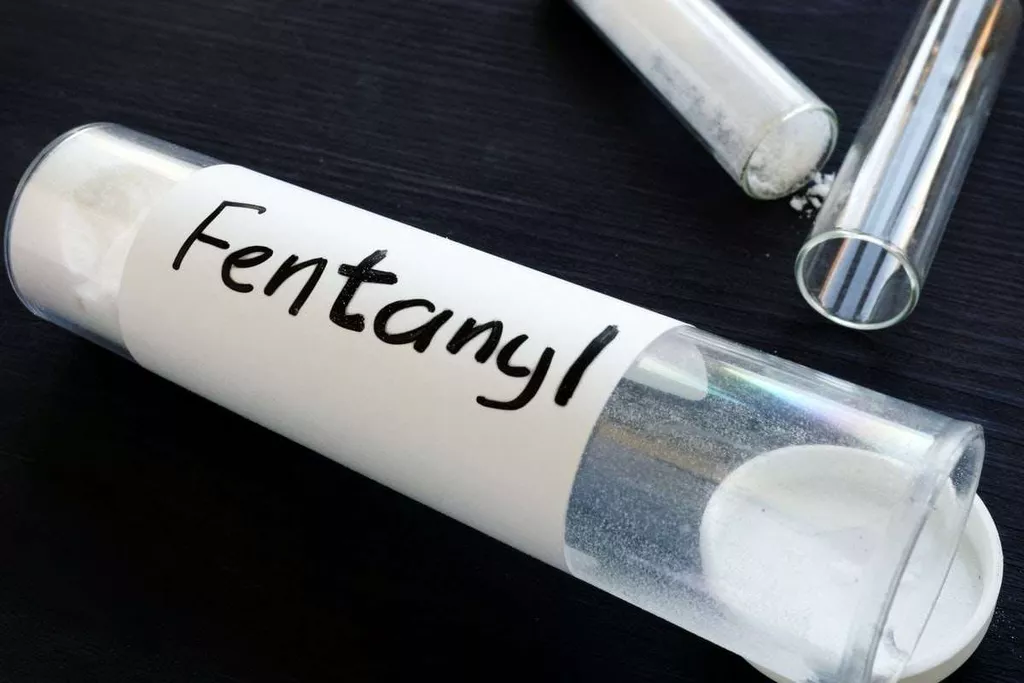
Life after addictionmight also mean you have more professional success and new creative outlets that you discover when drugs and alcohol aren’t occupying all of your time. In social situations where people are drinking, you might feel more comfortable with a drink in your hand. A mocktail looks like a cocktail but doesn’t have any alcohol in it. Other people won’t be able to tell the difference just by looking at your glass.

